Click the blue text to follow us
Starting today, this platform officially begins the journey of delivering content related to the quick start and improvement of the Mitsubishi FX series PLC. In the coming days, we will delve into the principles, programming techniques, and practical application cases of the Mitsubishi FX series PLC, helping everyone quickly master the core knowledge in this field.
Due to personal limitations, there may inevitably be oversights or insufficient explanations in the content creation process. If you find any issues while reading or have deeper insights on certain content, feel free to express your thoughts in the comments section or contact me privately through the backend. Every suggestion you provide is extremely valuable to me and will help me continuously improve the content, bringing a better learning experience to everyone.
It is particularly stated that all content on this platform is original, and some reference materials have been cited in the text. If I inadvertently infringe upon your intellectual property rights or other legitimate rights, please contact me immediately. I will promptly cease the infringing behavior and actively take remedial measures such as negotiating compensation or deleting infringing content based on the specific situation, fully safeguarding your legal rights.
I look forward to progressing together with everyone in learning and communication, exploring the vast world of the Mitsubishi FX series PLC.
1
Mitsubishi FX Series PLC Hardware Wiring and Soft Component Description
The Mitsubishi FX series PLC is a compact, integrated PLC developed by Mitsubishi, with a significant market presence in China. It includes several sub-series, such as FX1S, FX1N, FX1NC, FX2N, FX2NC, and FX3U, FX3UC, FX3G, etc.
Among them, FX1S, FX1N, and FX1NC belong to the first generation; FX2N and FX2NC are second-generation models; while FX3U, FX3UC, and FX3G are third-generation models. Currently, first and second-generation models are the most widely used in practical applications. However, the third-generation models, with their powerful performance and competitive pricing compared to second-generation models, have attracted an increasing number of users, gradually expanding their market share.
FXINC, FX2NC, and FX3UC are the modified versions of the first, second, and third-generation models of the Mitsubishi FX series, respectively. The main differences between modified models and standard models are:
-
Modified models are smaller in size, suitable for installation in confined spaces;
-
Modified models use plug-in connections for terminals, while standard models use terminal block connections;
-
The input power for modified models can only be 24VDC, while standard models can use either 24VDC or AC power.
1
Characteristics of Various Types of Mitsubishi FX Series PLCs

ARBOR DAY
Industrial Control Automation Navigation
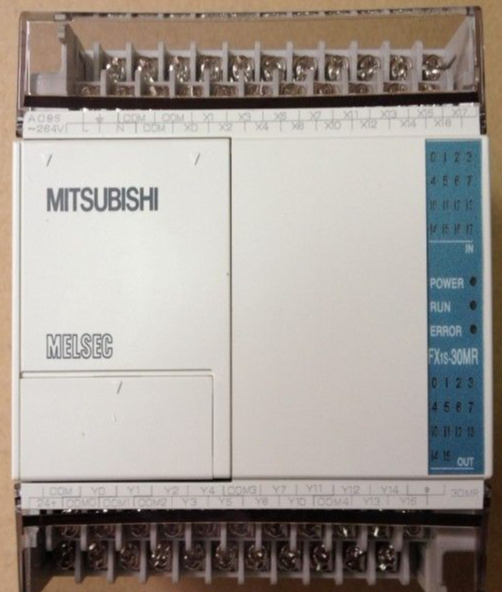
FX1S: Pursuing low cost and saving installation space. Control scale: 10~30 points, with basic unit point numbers of: 10/14/20/30

ARBOR DAY
Industrial Control Automation Navigation
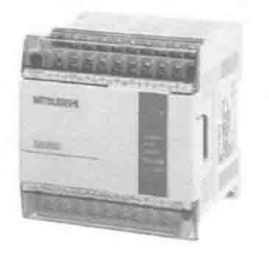
FXIN: Pursuing expandability and low cost. Control scale: 14~128 points, with basic unit point numbers of 14/24/40/60

ARBOR DAY
Industrial Control Automation Navigation
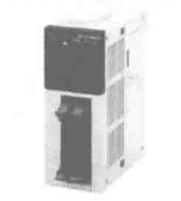
FXINC: Pursuing space-saving and expandability. Control scale: 16~128 points, with basic unit point numbers of 16/32

ARBOR DAY
Industrial Control Automation Navigation
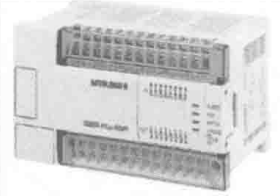
FX2N: Pursuing expandability and processing speed. Control scale: 16~256 points, with basic unit point numbers of 16/32/48/64/80/128

ARBOR DAY
Industrial Control Automation Navigation
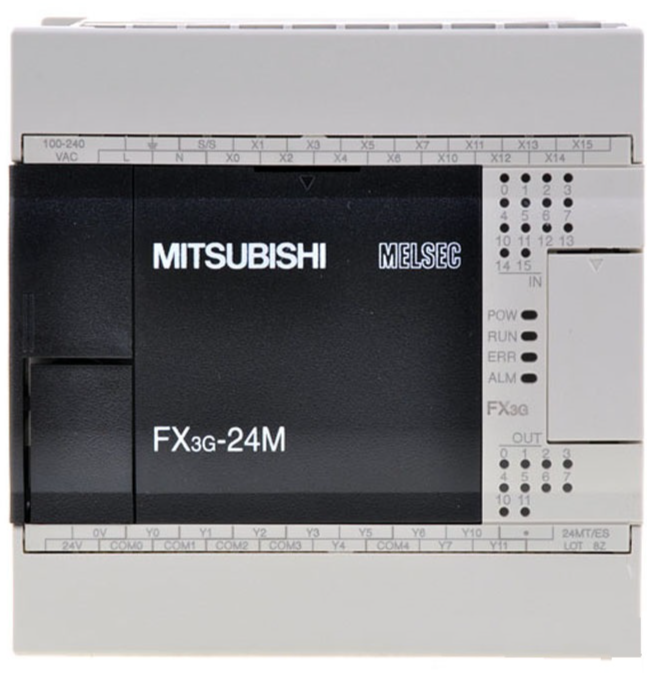
FX2NC: Pursuing space-saving and processing speed. Control scale: 16~256 points, with basic unit point numbers of 16/32/64/96

ARBOR DAY
Industrial Control Automation Navigation

FX3G: Pursuing high speed, expandability, and low cost. Control scale: 14~256 points (including CC-Link I/O), with basic unit point numbers of 14/24/40/64

ARBOR DAY
Industrial Control Automation Navigation
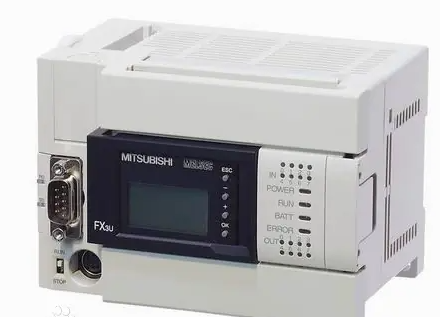
FX3UC: Pursuing high speed, reduced wiring, and space-saving. Control scale: 16~384 points (including CC-Link I/O), with basic unit point numbers of 16/32/64/96
FX5U Series: This is the “top student” in the Mitsubishi FX series. Performance has significantly improved, with extremely fast processing speed, more convenient programming, and stronger communication and networking capabilities. It performs exceptionally well in high-end complex projects such as large automation production lines and smart factories.

If you like my content, please give it a thumbs up!
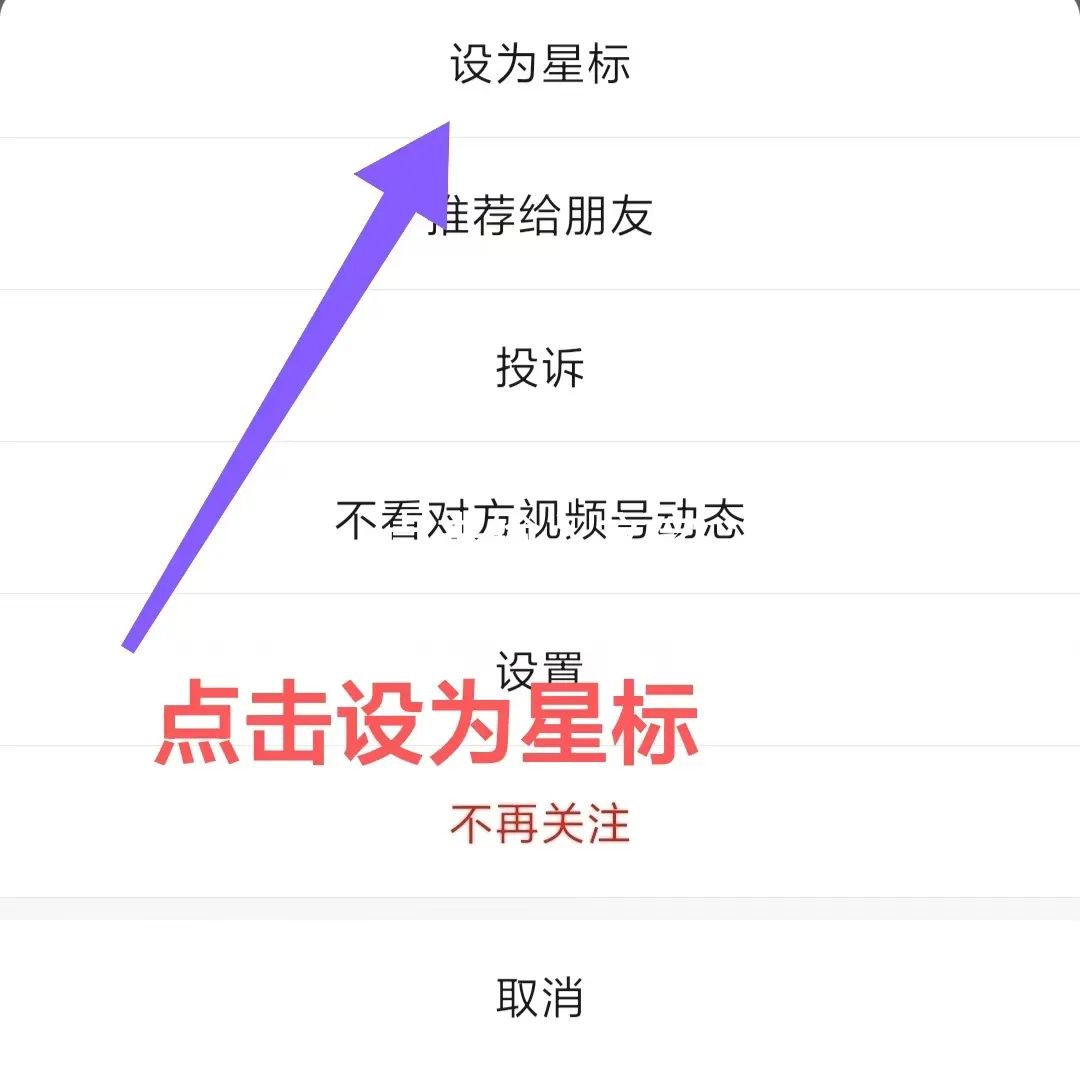

SPORTS
Official Account | Industrial Control Automation Navigation
Video Account | Industrial Control Automation Navigation